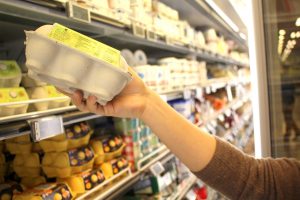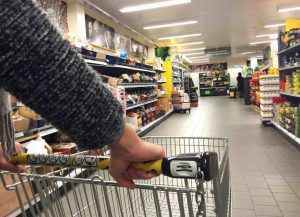4 RESEARCH TIPS
FOR AN EFFECTIVE
PACKAGING DESIGN

The design process not only requires artistic and creative skills, but also a scientific approach that allows to measure and compare performance.
A successful collaboration between experts enables to narrow down a vast amount of design opportunities into only a few alternatives that show a high visual and cognitive impact on shoppers.

When designing a packaging, brand owners tend to overestimate the time that shoppers dedicate to examine their products. When designing packaging we need to keep in mind the complexity of the retail environment, together with the overall low-involvement decisions that are associated to routine purchases.
An efficient packaging design should catch the attention of shoppers on the shelf within 3-5 seconds, and attributes such as color, contrast, shape, and graphics will be essential to stand out from the competition.
Not all messages or claims included on the packaging are equally relevant for the target group. Some claims are particularly important to drive purchase decisions, and identifying them correctly will provide a competitive advantage on the shelf.
For example, knowing that one of the main drivers for purchasing dairy products is the fat content will be important when designing the front package of our milk product.
Once the most relevant claims have been identified and prioritized, this hierarchy has to be transferred into the packaging design. Since messages need to be delivered within a few seconds after the packaging has grabbed shopper’s attention, the placement of claims is essential.
As a rule of thumb, clustering on the front side of the package and using larger fonts will reduce the decoding time of the most important messages.